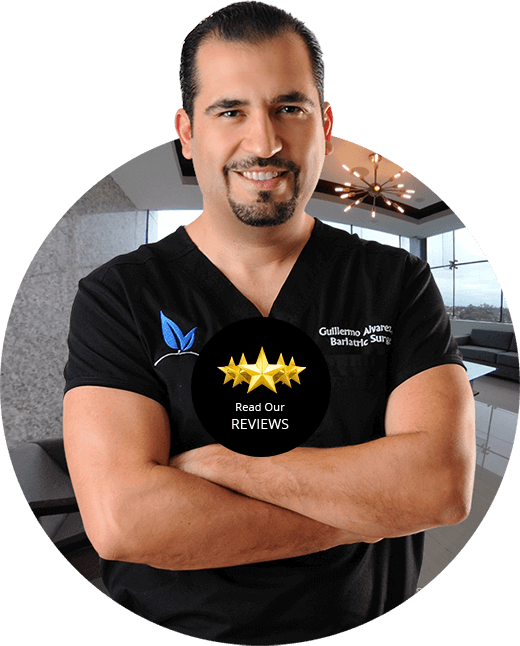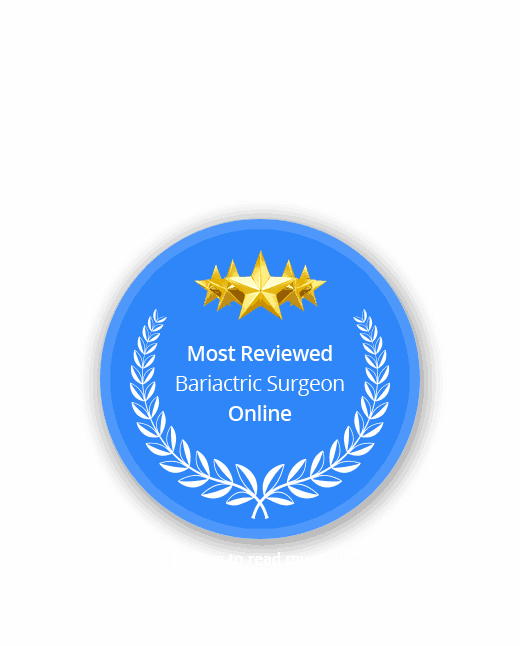The issue of loose skin is incredibly common in vertical sleeve gastrectomy patients. And while it’s a good trade-off for losing a whole lot of weight, that doesn’t mean you aren’t allowed to try to minimize its impact—or even choose a permanent solution like cosmetic surgery. How does loose skin happen, and is there any way to prevent it? Let’s take a look at the issue in depth.
What causes loose skin?
When you’re overweight or obese, your skin stretches to accommodate the extra body mass. With the help of VSG, our patients tend to lose a lot of that extra weight. But the skin doesn’t automatically “unstretch” as your fat melts away, which is why many are left with sagginess in areas like the belly, thighs, or upper arms.
Can you prevent sagging skin?
For the most part, no. But the degree to which it’ll impact you depends on several factors—some of which you can control and others you can’t. For example, the older you are, the less elastic you skin is. So if you’re relatively young when you have gastric surgery in Mexico, you’re less likely to have the same degree of sagginess as someone who’s older. Genetics are another uncontrollable factor. Some lucky people have more elastic skin than others, simply because of their genes. Technically, you can control the amount of weight you lose, but most patients opt for VSG in order to reach their healthiest weight. Just be aware that the more weight you lose, the greater chance that you’ll be dealing with noticeably loose skin. (Not that you should stay overweight in order to prevent it, in my opinion!)
There are steps you can take that may lessen the amount or severity of loose skin, though:
• Build muscle. Replacing the entire fat mass you’ve lost with muscle isn’t realistic, but the more muscle you create, the tighter your skin will look.
• Fight it from the inside. We talk about ensuring your protein levels are high because it helps most patents lose more weight. But it can also help your skin stay elastic. Bonus! And be sure that your vitamin and mineral levels are healthy. Vitamin C and selenium are just two that help skin look its best.
• Keep a steady weight. Once you’ve reached your (sustainable) goal weight, try to stay relatively close to that weight. Yo-yoing is not only bad for your health, but it can cause skin to lose elasticity.
What are my options?
There are essentially two things you can do about sagging skin: learn to live with it or opt for plastic surgery to help contour what you consider to be “problem” areas. If surgery isn’t in the cards right now—maybe you don’t have the funds, you want to have a baby before you consider it, or just don’t want it—start working on your mindset. Make a list of all the benefits you’re reaping from becoming healthier. And don’t be ashamed to seek out therapy if you’re truly struggling with the emotional toll of excess skin. In addition to mental work, invest in clothing that makes you feel good. Many of our patients have discovered that compression garments worn under clothing give them a sleeker look and boost their confidence significantly.
Yes, loose skin is often a side effect of successful weight loss for VSG patients. And whether you decide to have contouring surgery or simply celebrate the new skin you’re in, think of it as proof that you’ve done something incredible for your health.
I invite you to follow us on all our social networks, we are on Facebook (Endobariatric), Instagram (@endobariatric), we also have our YouTube channel where where I (Dr. Alvarez) answer frequently asked questions that are sent to me, subscribe to it! we talk about very interesting subjects, find us searching for Endobariatric.
If you want a more personalized experience and you have Instagram and Tik Tok, follow me (Dr. Alvarez) to see my day both in my daily routine and in the operating room, add me! We will have a great time! My username in both is: gmoalvarez.
“Changing lives…one sleeve at a time”









